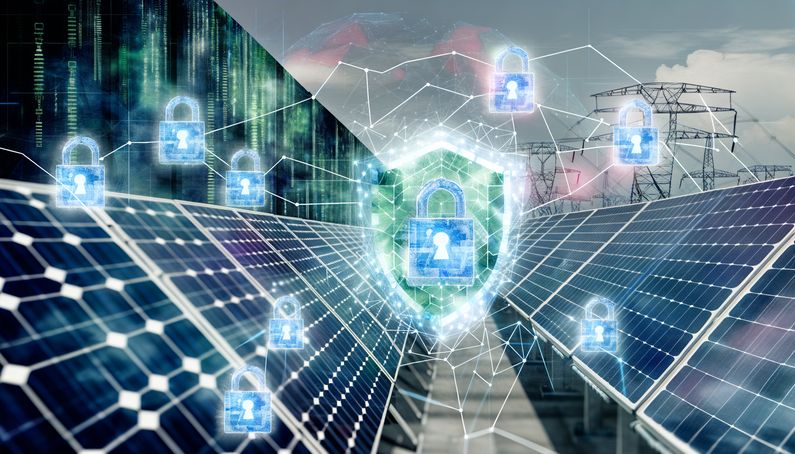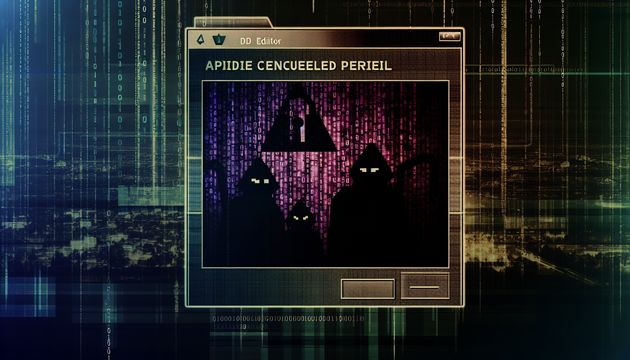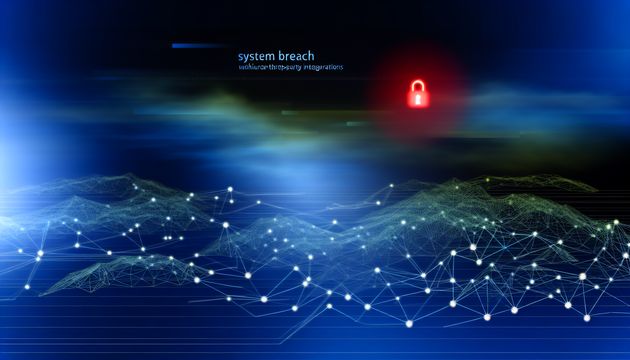
Securing Solar Inverters: Addressing Vulnerabilities in Renewable Energy Systems
Solar inverters, often overlooked yet crucial components of renewable energy systems, are now at the center of cybersecurity discussions. Recent research by Vedere Labs has revealed 46 vulnerabilities in solar inverters from major manufacturers like Sungrow, Growatt, and SMA. These vulnerabilities could allow unauthorized access, remote code execution, and even physical damage, posing significant risks to power grids and user privacy. Addressing these issues is critical to prevent potential disruptions and ensure grid stability.
Overview of Solar Inverter Vulnerabilities
Identification of Vulnerabilities
Research by Vedere Labs has identified 46 vulnerabilities in solar inverters from leading manufacturers such as Sungrow, Growatt, and SMA. These vulnerabilities threaten grid stability and user privacy by allowing attackers to gain unauthorized access, execute remote code, and cause physical damage. For example, one vulnerability, CVE-2025-0731, affects SMA products and can lead to remote code execution by uploading specific files to the web server at sunnyportal.com.
Exploitation Techniques
Attackers can exploit these vulnerabilities using various methods. For instance, they can obtain communication dongle serial numbers from the manufacturer’s backend using insecure direct object references (IDORs) like CVE-2024-50685. By using hard-coded MQTT credentials (a protocol for messaging), attackers can send messages to inverter communication dongles. Additionally, stack overflow vulnerabilities can be exploited to execute remote code on these devices.
Impact on Power Grids
Exploiting these vulnerabilities could have severe consequences for power grids. According to Forescout Vedere Labs, attackers could disrupt power distribution, leading to blackouts and emergencies. This could affect 20% of global solar production, as noted by Bitdefender.
Mitigation Measures
Manufacturers have begun addressing these vulnerabilities. Sungrow and SMA have patched all reported issues, while Growatt released patches that require no modifications to the inverters (Bleeping Computer). Implementing these patches is crucial to maintaining grid stability and preventing attacks.
Recommendations for Stakeholders
To mitigate these risks, stakeholders such as inverter owners, utilities, and regulators should take proactive measures. Forescout Vedere Labs recommends cataloging previous vulnerabilities and analyzing trends to understand the evolving threat landscape. Implementing security best practices, such as regular software updates and monitoring for suspicious activities, is essential.
Future Outlook
The discovery of these vulnerabilities highlights the need for ongoing vigilance and collaboration among stakeholders. As solar power adoption grows, prioritizing security measures is essential to ensure grid stability. By staying informed about emerging threats and implementing robust security practices, stakeholders can protect critical infrastructure.
Final Thoughts
The vulnerabilities in solar inverters underscore the need for enhanced security in renewable energy systems. As noted by Forescout Vedere Labs, the potential for attackers to disrupt power distribution is a stark reminder of the importance of cybersecurity. Manufacturers have begun addressing these vulnerabilities, but ongoing vigilance and collaboration are essential. By implementing robust security practices, the renewable energy sector can safeguard against potential exploitation and ensure the reliability of power grids.
References
- Vedere Labs. (2025). Dozens of solar inverter flaws could be exploited to attack power grids. Bleeping Computer
- Forescout Vedere Labs. (2025). Severe systemic security risks in global solar power infrastructure. Markets Financial Content
- Bitdefender. (2025). Solar power grid vulnerabilities risk global blackouts. HackRead
- Bleeping Computer. (2025). Dozens of solar inverter flaws could be exploited to attack power grids. Bleeping Computer
- Forescout Vedere Labs. (2025). Grid security: New vulnerabilities in solar power systems exposed. Forescout



